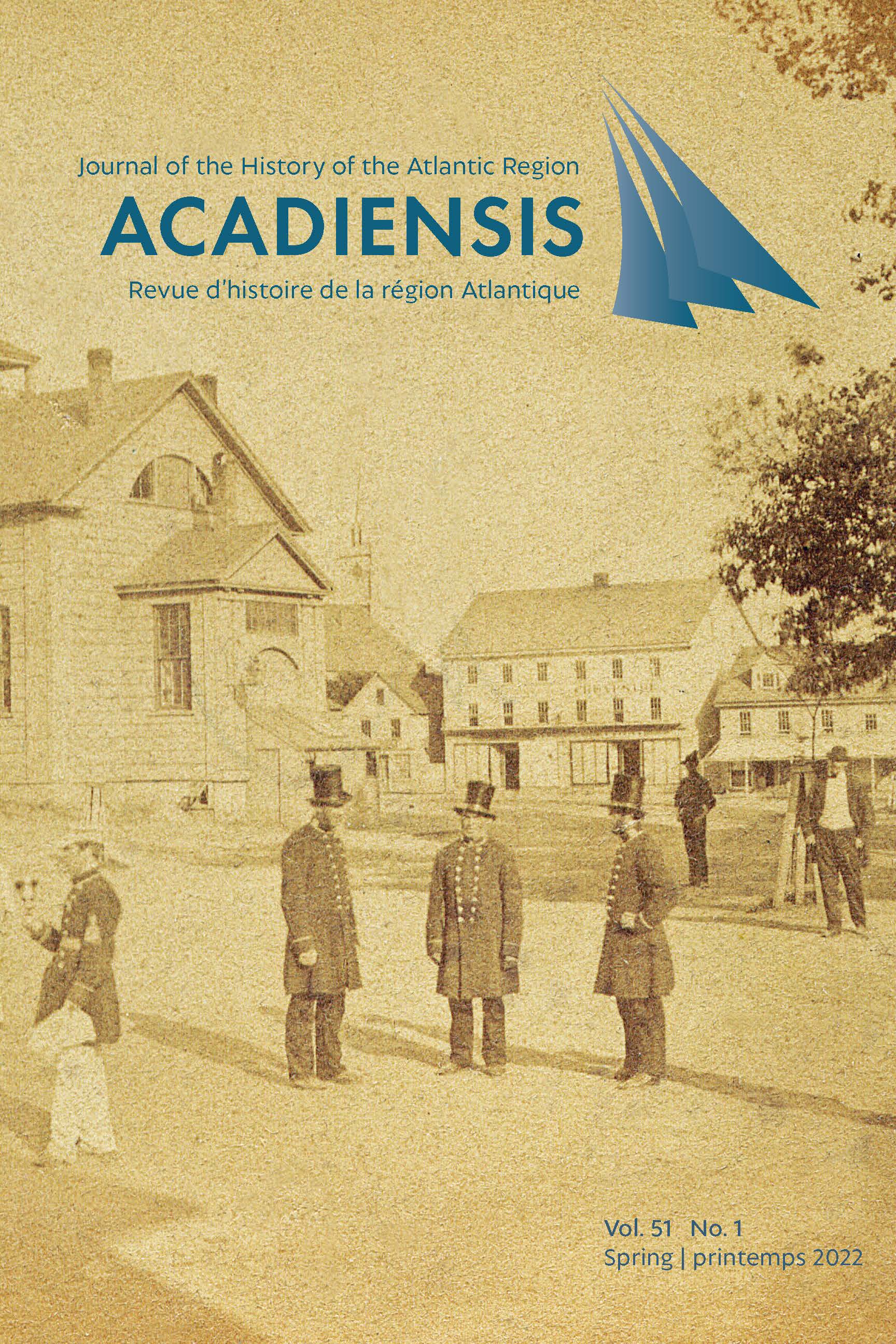Abstract
This article examines the bungled execution of Bennie Swim in Woodstock, New Brunswick, in 1922 following his trial and conviction for the murder of Olive Swim Trenholm. It explores the criticism over Swim’s execution and the subsequent debate about capital punishment, including whether hanging was a humane method of executing a condemned prisoner. It also assesses the social construction of the rural New Brunswicker as a “beast of the field” and rural New Brunswick as the “bad lands,” and how these images informed some observers’ views of Olive Swim Trenholm and Bennie Swim, including his actions and his execution.
Copyright for articles published in this journal is retained by the author(s), with Acadiensis being granted a non-exclusive licence to each and every right in the work throughout the world. After publication of the work, the author(s) shall have the right to self-archive the work and to reprint the work in whole or in part in books authored by or edited by the author(s) without the payment of any fee. In these other formats, however, the author or authors are required to acknowledge the original publication of the work in the pages of the journal. In the case of any requests to reprint the work, Acadiensis will require a standard permission fee -- to be divided equally between the journal and the author. In the event that such requests are received by the author(s), the author(s) shall direct such requests to the journal.

